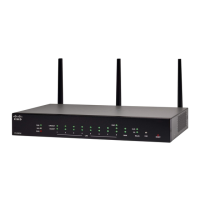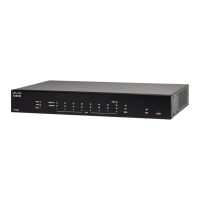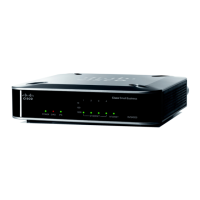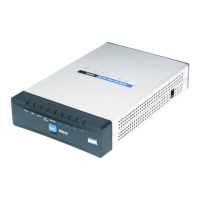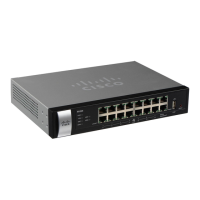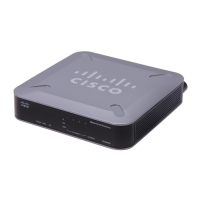26
Static Routing
Select Set
Number
Sometimes you will prefer to use static routes to build your routing
table instead of using dynamic routing protocols. Static routes do not
require CPU resources to exchange routing information with a peer
router. You can also use static routes to reach peer routers that do not
support dynamic routing protocols. Static routes can be used together
with dynamic routes. Be careful not to introduce routing loops in your
network.
To set up static routing, you should add route entries in the routing
table that tell the Router where to forward packets to specific IP
destinations.
Enter the following data to create a static route entry:
1. Select Set Number. Select the set number (routing table entry
number) that you wish to view or configure. If necessary, click
Delete This Entry to clear the entry.
2. Destination IP Address. Enter the network address of the remote
LAN segment. For a standard Class C IP domain, the network ad-
dress is the first three fields of the Destination LAN IP, while the
last field should be zero.
3. Subnet Mask. Enter the Subnet Mask used on the destination
LAN IP domain. For Class C IP domains, the Subnet Mask is
255.255.255.0.
4. Gateway. If this Router is used to connect your network to the
Internet, then your gateway IP is the Router’s IP Address. If you
have another router handling your network’s Internet connection,
enter the IP Address of that router instead.
5. Hop Count. This value gives the number of routers that a data
packet passes through before reaching its destination. It is used to
define the priority on which route to use if there is a conflict be-
tween a static route and dynamic route.
Show Routing Table button. Click this button to show the routing
table established either through dynamic or static routing methods.
Inter-VLAN Routing
Inter-VLAN
Routing
Select Enable to allow packets to be routed between VLANs that are in
different subnets. The default is Enable.
Figure 12: Routing Table
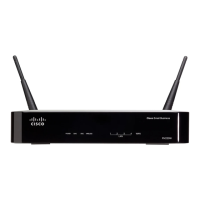
